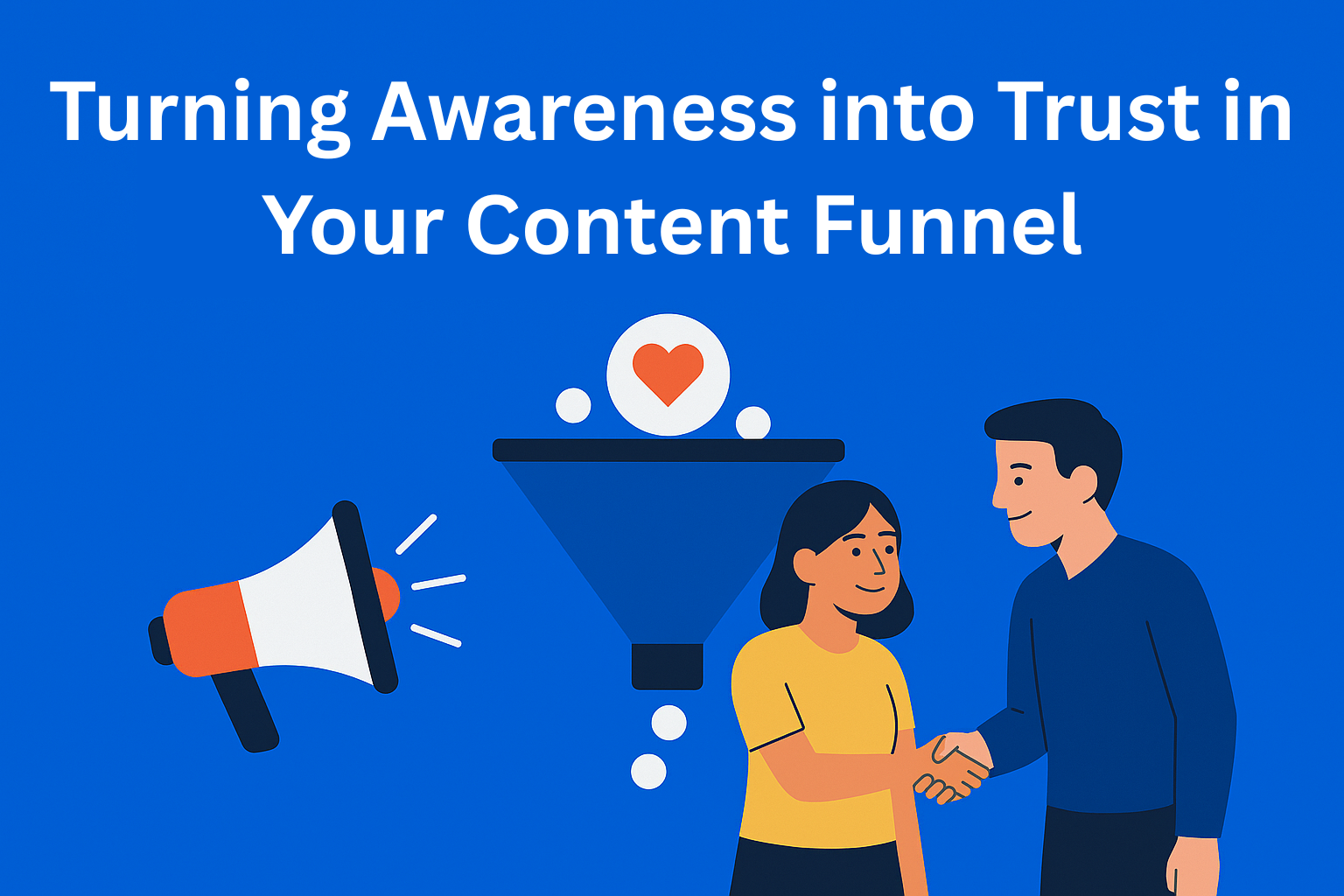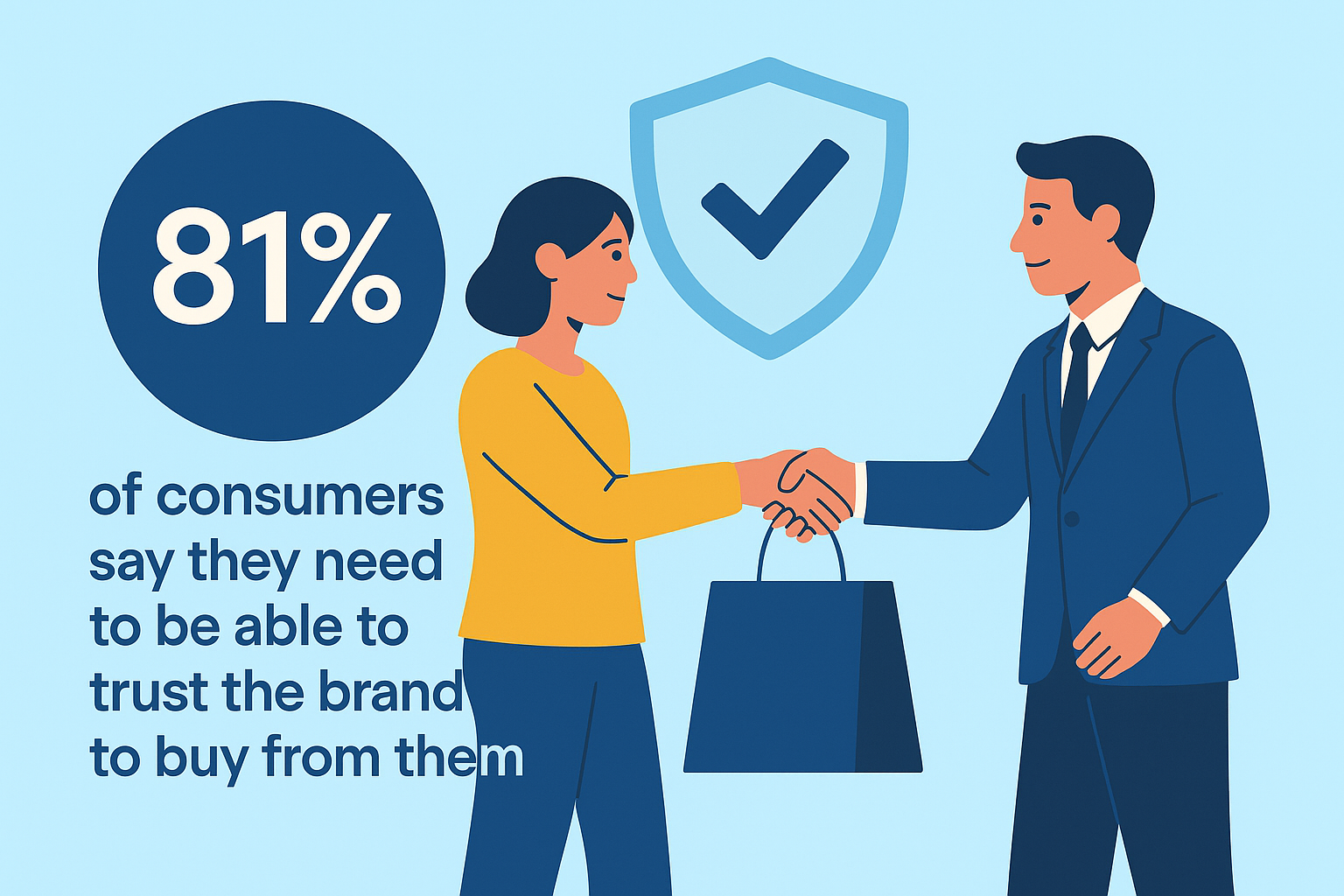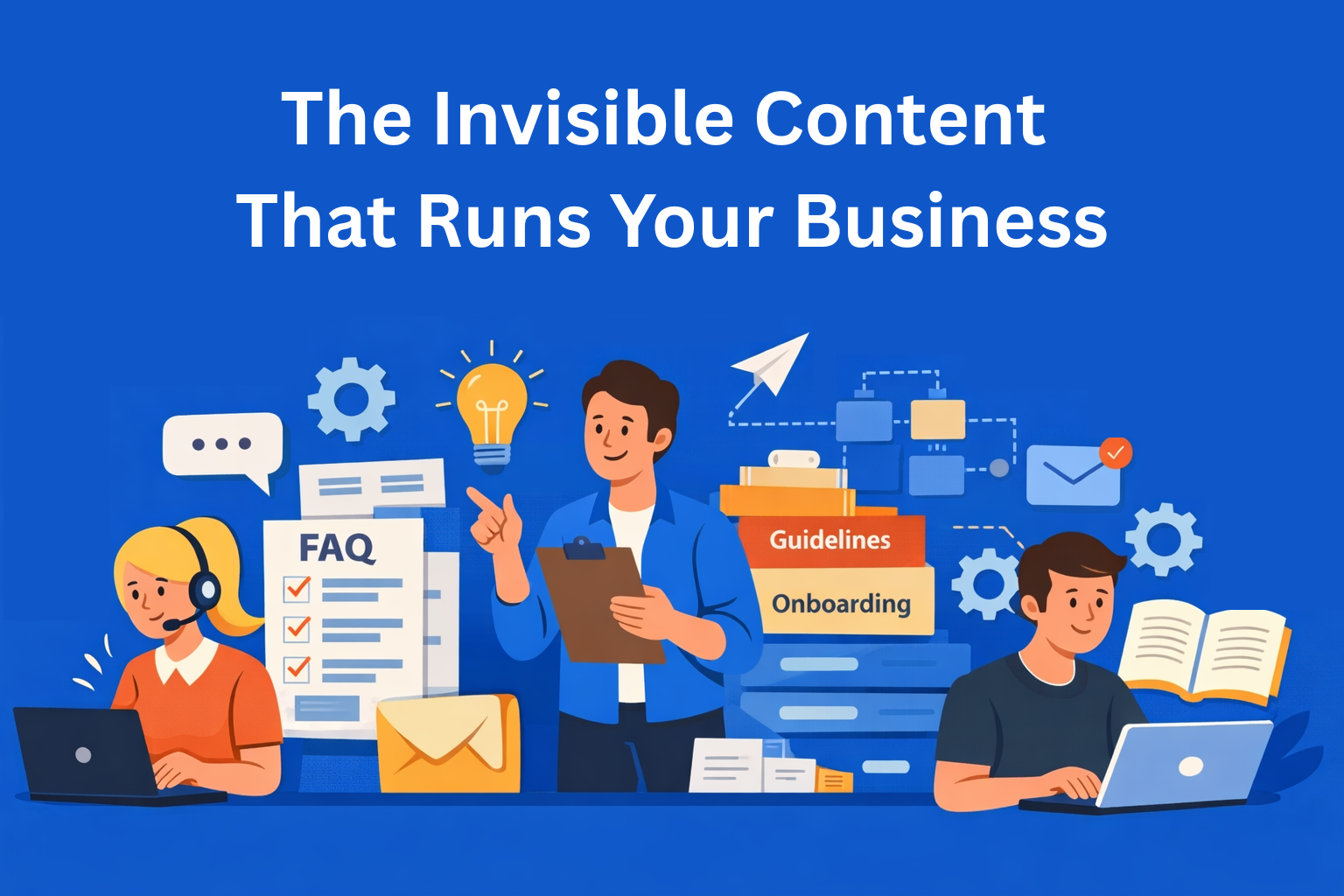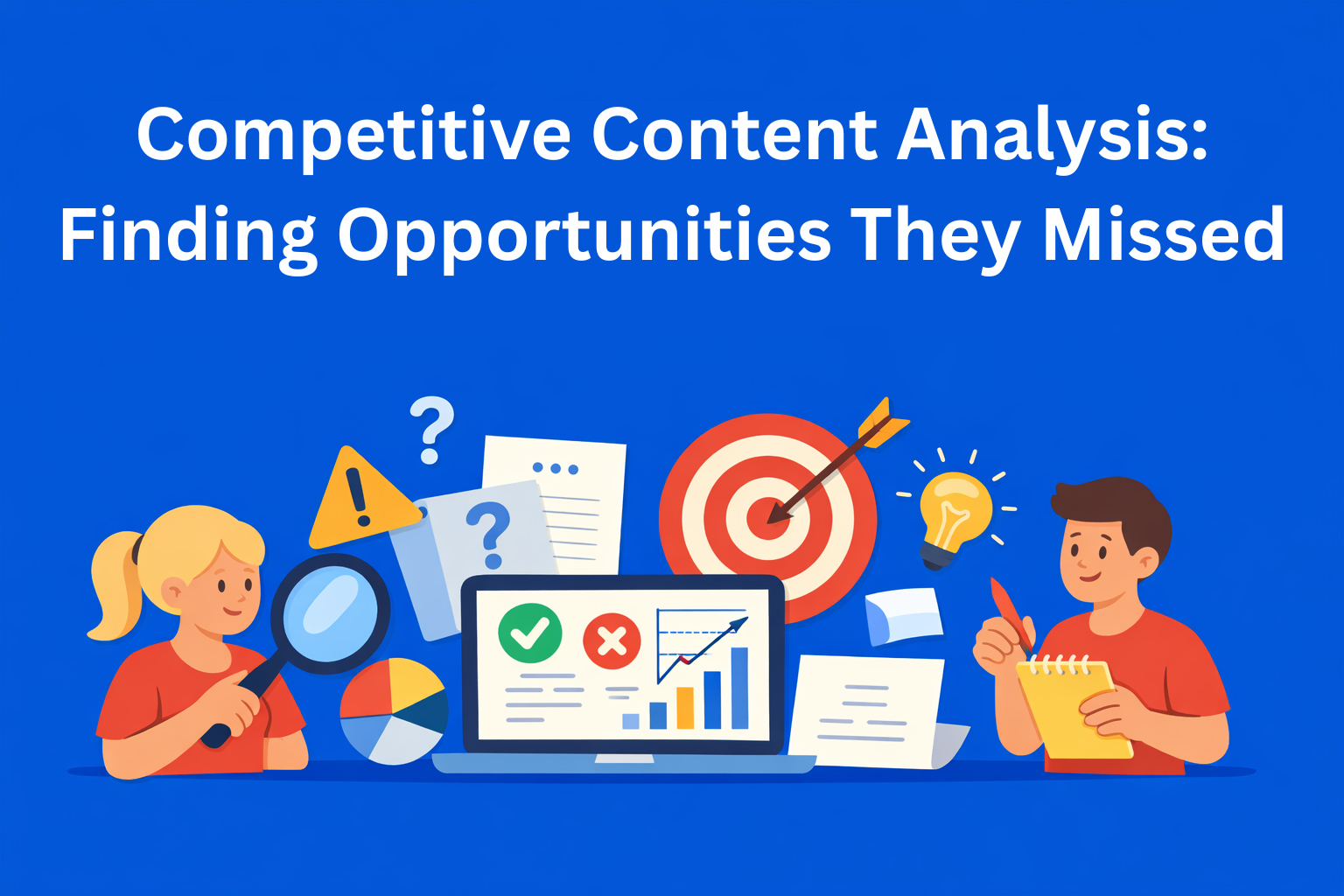Turning Awareness into Trust: The Missing Step in Most Content Funnels
Many brands stop at awareness, but trust is what turns visitors into loyal customers. Learn how to build trust into your content funnel to boost conversions and create lasting relationships.

Today, every brand has the same goal - to be seen. Everyone tries to make their content get clicks, shares, and views. But visibility doesn’t automatically mean trust. People can see your post, remember your logo, or even follow your page, yet still not trust your brand.
To convince someone to move from watching to acting, you have to build trust. And that doesn’t come from fancy words, but from transparency, authority, and consistency.
Key Takeaways
- Trust is the real conversion driver - Awareness alone isn’t enough; trust is the bridge between attention and action.
- The funnel needs a new step - Most content funnels skip trust, assuming awareness will convert - it rarely does without credibility.
- Trust-building content matters - Use case studies, testimonials, behind-the-scenes content, and expert guides to earn belief, not just attention.
- Consistency builds credibility - Repetition, tone, and transparency across channels create recognition and reduce skepticism.
- Trust must be intentional and measured - Look for gaps in your funnel, focus on engagement over clicks, and adapt your trust strategy to your audience.
Most brands measure success through numbers: how many views, clicks, or followers they get. These are called vanity metrics. They look good on paper but don’t mean that people trust your brand.
For example, you might have 100,000 views on a post, but not a single person feels connected to you. That means you’ve created awareness, but not trust.
For marketing to truly work, content has to move from being seen to being felt and trusted.
Trust as the Currency of Modern Marketing
In a digital world where anyone can publish anything, trust becomes the new currency. People don’t just buy products; they buy the confidence that they’ll get what they’ve been promised.
When your audience trusts your brand, they don’t think too much about the price or look for alternatives. Trust reduces decision friction - it makes decisions easier. The more trust you build, the stronger loyalty becomes.
Research by Edelman shows that 81% of customers prefer to buy from brands they trust, even if they’re not the cheapest. That’s the power of credibility.

The Three Pillars of Credibility: Transparency, Authority, and Consistency
1. Transparency
Transparency means honesty. People love brands that don’t hide their wins or their mistakes. When you talk openly about your work and experiences, you show that you’re approachable and genuine.
For example, if your team makes a mistake, admit it and explain how you fixed it. That doesn’t make you lose credibility - it earns it. Transparency builds trust because it shows honesty.
2. Authority
Authority doesn’t mean bragging - it means creating value. When you share useful information, practical advice, and original insights, you become a thought leader in your field.
Authority grows through knowledge and through consistent education of your audience. If you’re a marketing agency, share examples of campaigns, results, and lessons learned. That way, you’ll become a source of knowledge, not just another service provider.
3. Consistency
Trust isn’t built overnight. People need to see you several times and recognize you. Consistency in the way you talk, act, and look helps people remember you.
If today you sound warm and friendly, and tomorrow you sound cold and formal, people will be confused. To build trust, you need to be the same - honest and recognizable in every message.
Turning Passive Readers into Loyal Followers
Many brands create content that people only consume, but it doesn’t spark interaction. The key is to make your audience feel like they have a voice and are part of your story.
Here are a few simple ways to do that:
- Ask questions in your posts and invite conversation.
- Share customer experiences and honest reviews as social proof.
- Add small interactive elements like newsletters, polls, or comment sections.
When people feel involved, they move from being passive readers to active participants. That’s when real trust begins.
Tone of Voice as a Trust Builder
The tone you use when speaking to your audience says more about your brand than you might think. If you’re too formal, you can seem distant. If you’re too casual, you can lose authority. Find a balance between professionalism and warmth.
The most important thing is to stay consistent in tone across all channels. People should feel that the same voice, identity, and values stand behind your brand.
How Trust Changes the Conversion Flow
In a traditional content funnel, there are three main steps:
- Awareness
- Consideration
- Conversion
But between awareness and conversion, there’s a gap. You fill that gap with trust.
Without trust, people won’t act on what they see. They might know about you, but if they don’t trust you, they won’t do anything. Once you build trust, everything becomes easier - people read, share, and naturally buy from you.
Conclusion
Being seen isn’t enough. Today, when everyone is fighting for attention, trust is what makes the difference.
A brand that builds credibility through transparency, authority, and consistency moves from being “just another option” to being “the brand people trust.”
So next time you plan your content funnel, ask yourself:
Are we just building visibility - or are we building trust?






